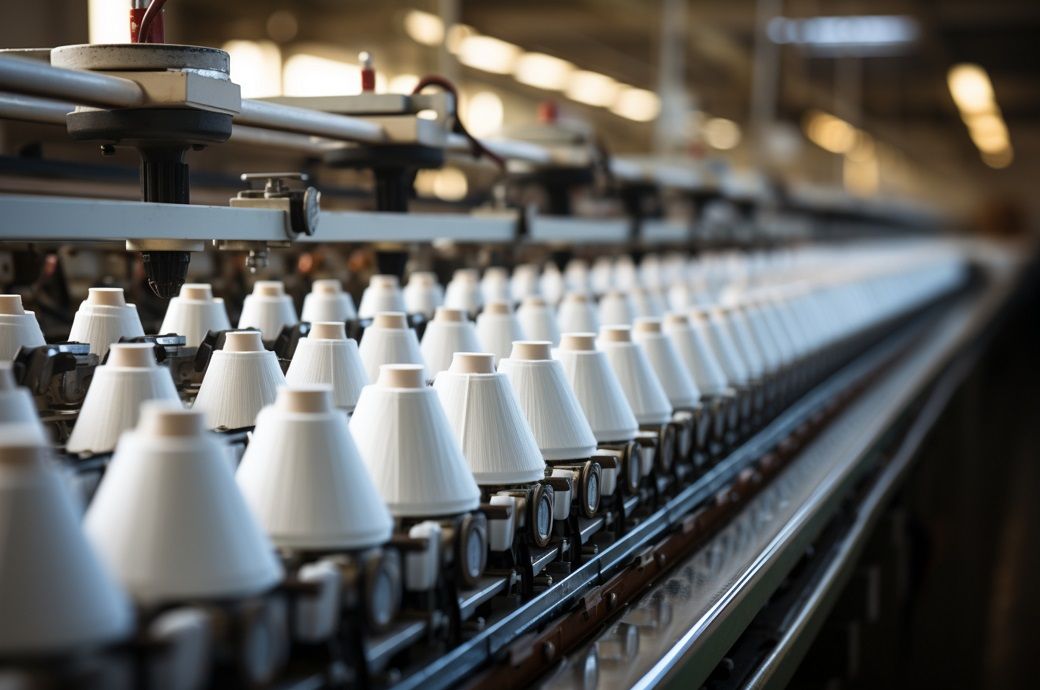
Other challenges identified by the report, titled ‘Decadal Outlook for Textile Industry’, are insufficient focus on technological advancements and research and development, and insufficient emphasis on quality testing throughout the entire value chain.
India’s textile industry holds immense potential and its contribution to the country’s gross domestic product (GDP) is expected to more than double from 2.3 per cent to nearly 5 per cent by 2030, the report noted.
The textile sector is dominated by micro, small and medium enterprises, whose fragmentation results in a lack of coordination and cohesion throughout the supply chain, making it difficult to optimise processes and resources.
About 5 per cent of the country’s textile sector constitutes the organised apparel industry. Almost 70 per cent of the workers in the unorganised sector have little to no education and only the skills passed on to them through the generations.
As more than 90 per cent of the weaving industry operates within the unorganised sector, various infrastructure challenges have emerged. There is an urgent requirement for a technological overhaul in the sector to optimise production and fully unlock the export potential of this industry, it noted.
This challenge of outdated technology is particularly pronounced among small-scale enterprises, where access to cutting-edge technology remains limited.
There is a lack of awareness and understanding about the diverse applications of technical textiles among both industry players and consumers. Moreover, as the industry struggles with inadequate research and development infrastructure and investments, hindering innovation and the development of cutting-edge products, adequate research and skill development programmes are needed in this sector, the report recommended.
The sector also faces challenges in consistently maintaining quality standards from the sourcing of raw materials to the final product, it added.
Fibre2Fashion News Desk (DS)